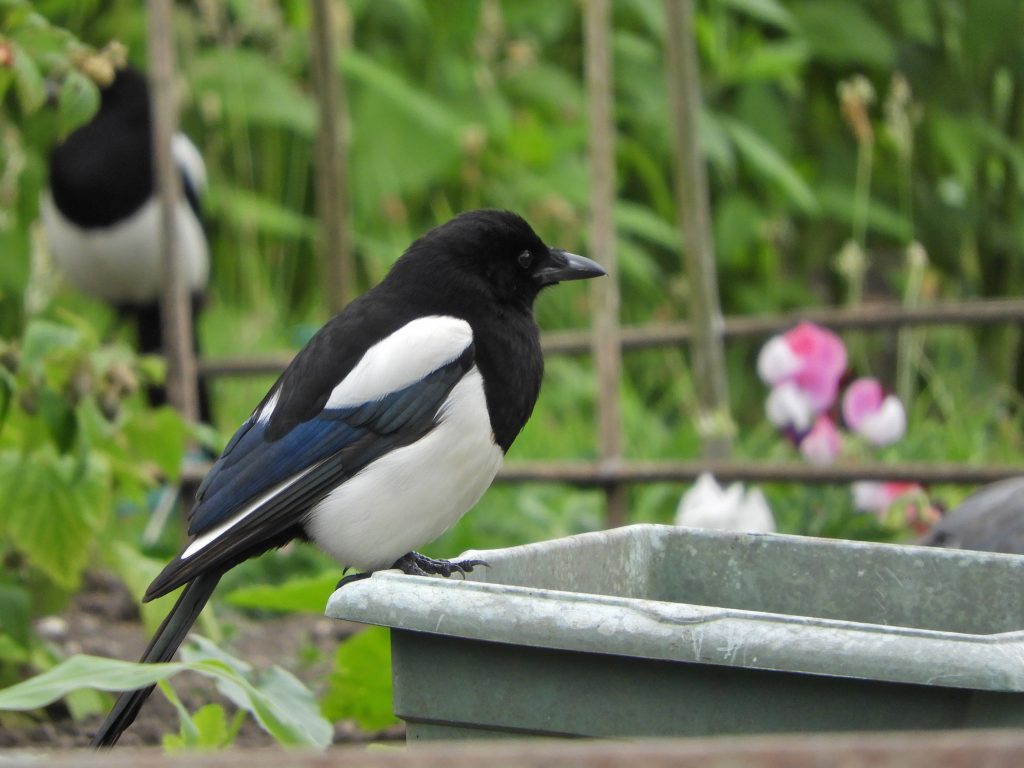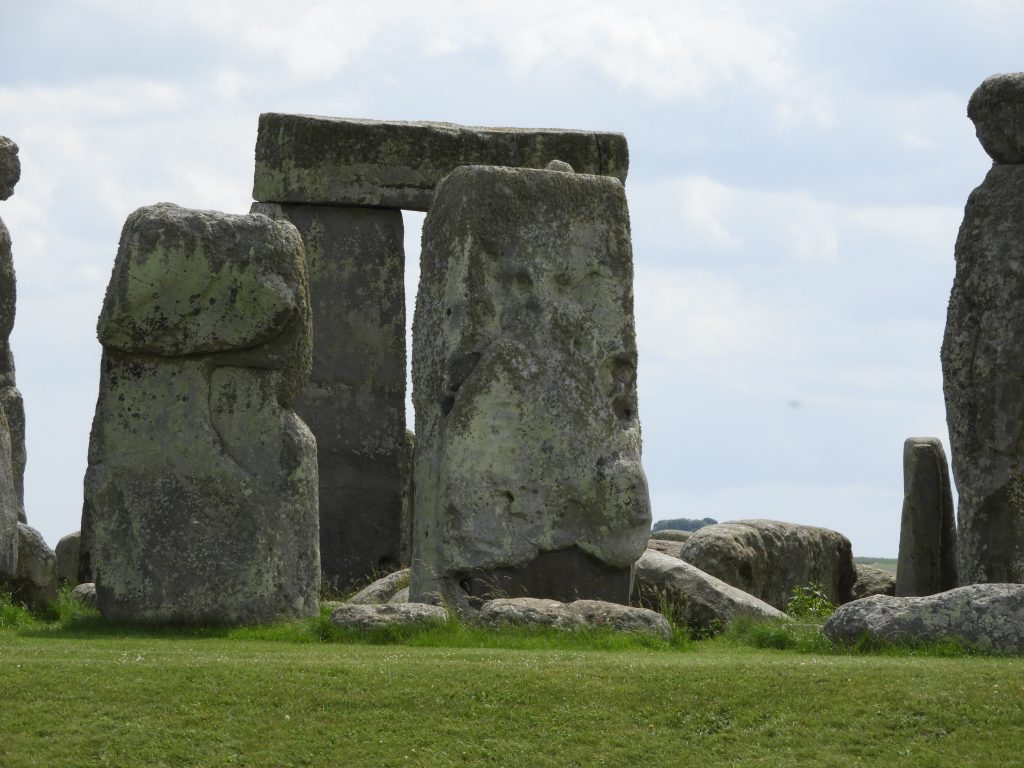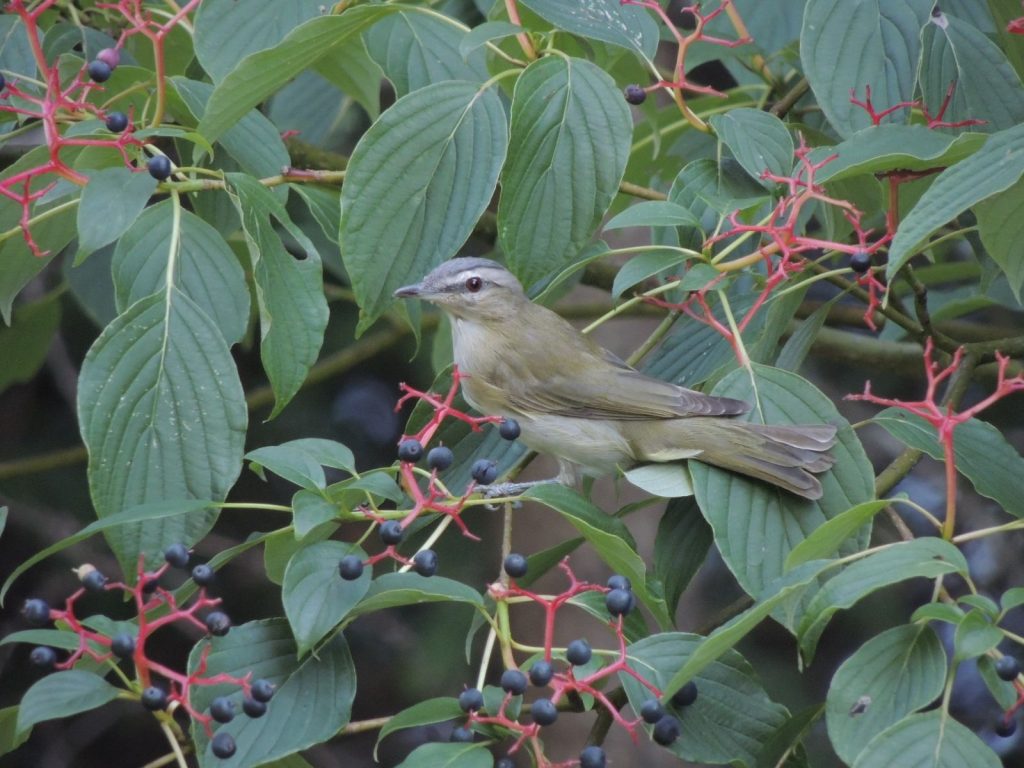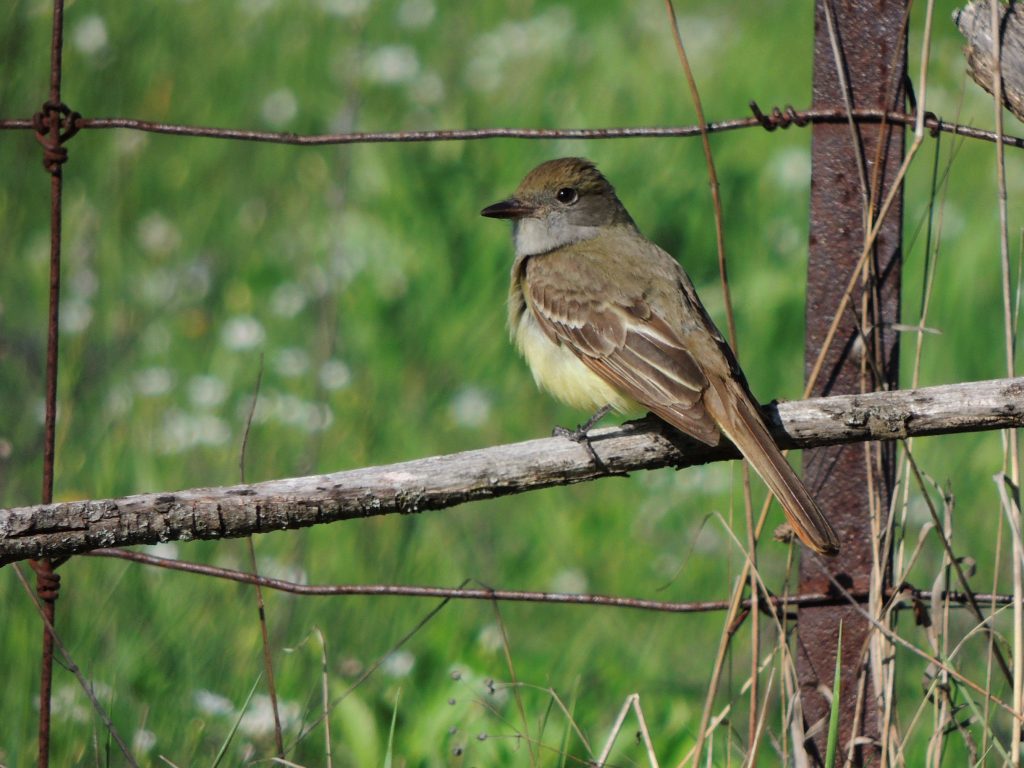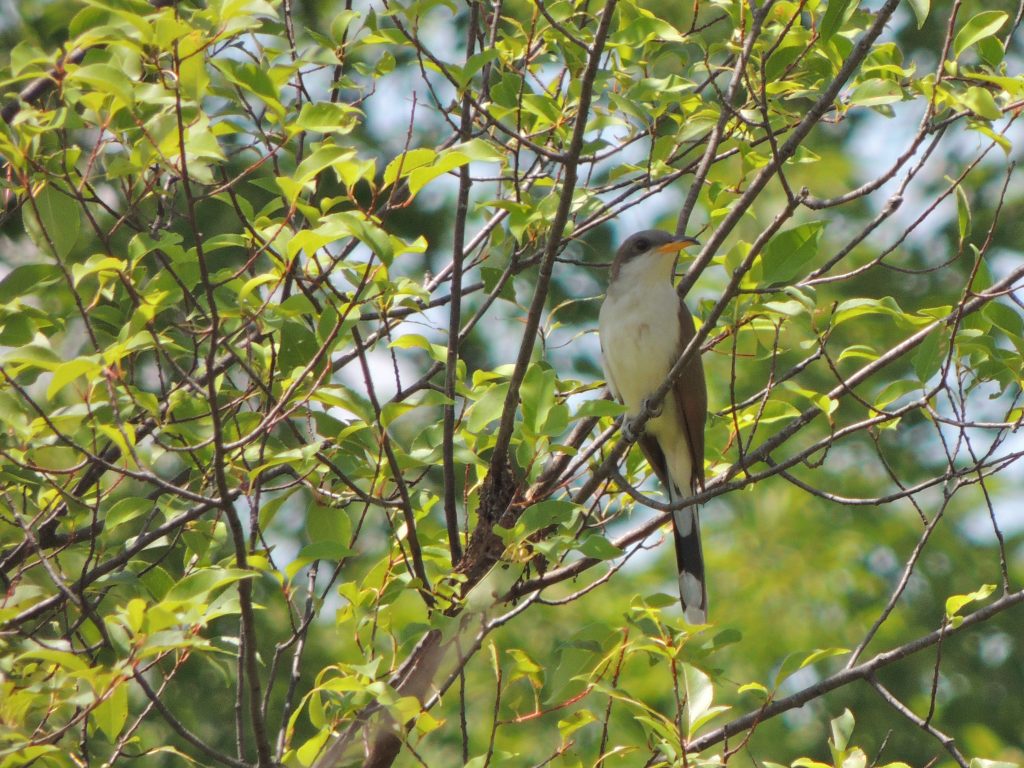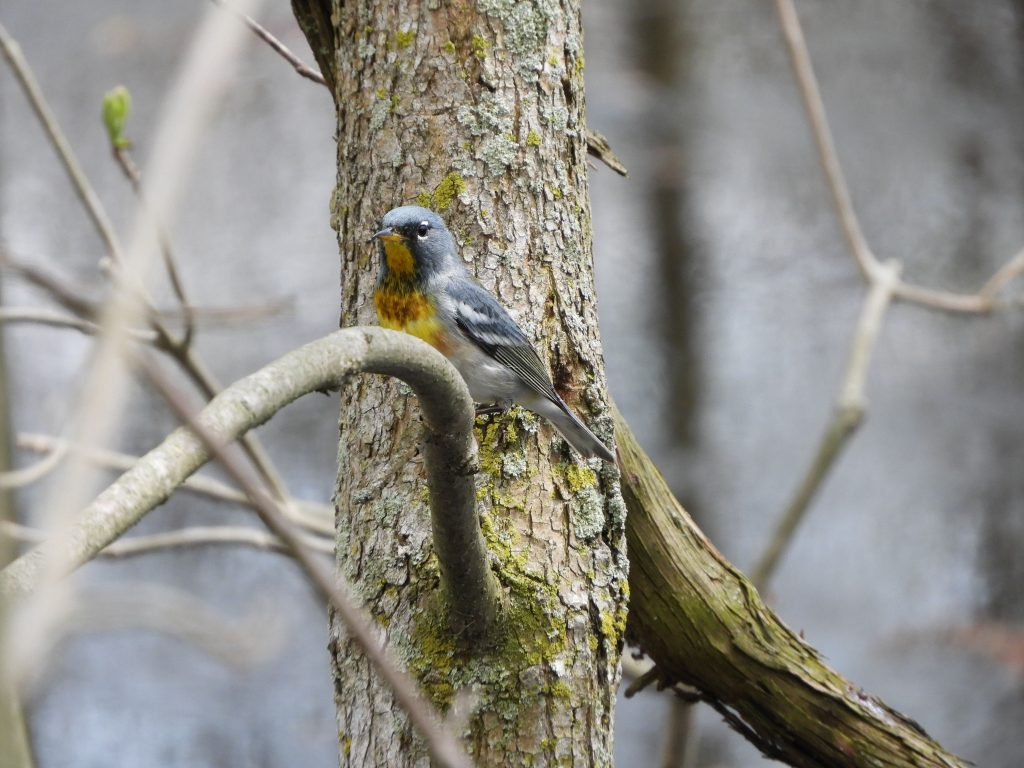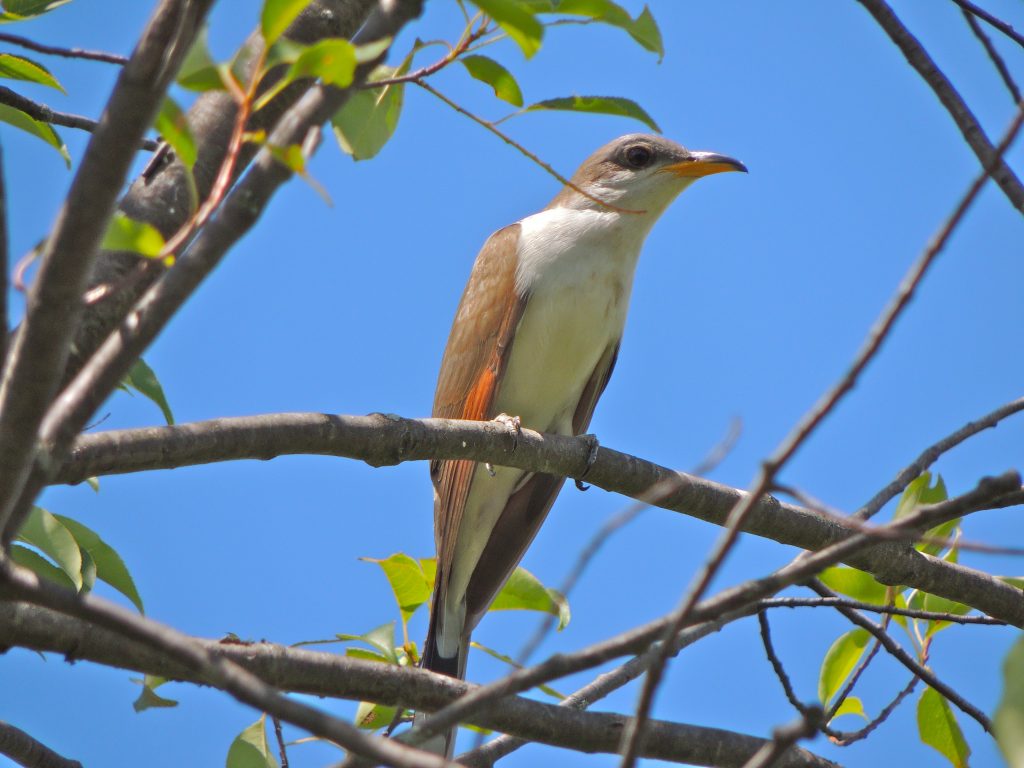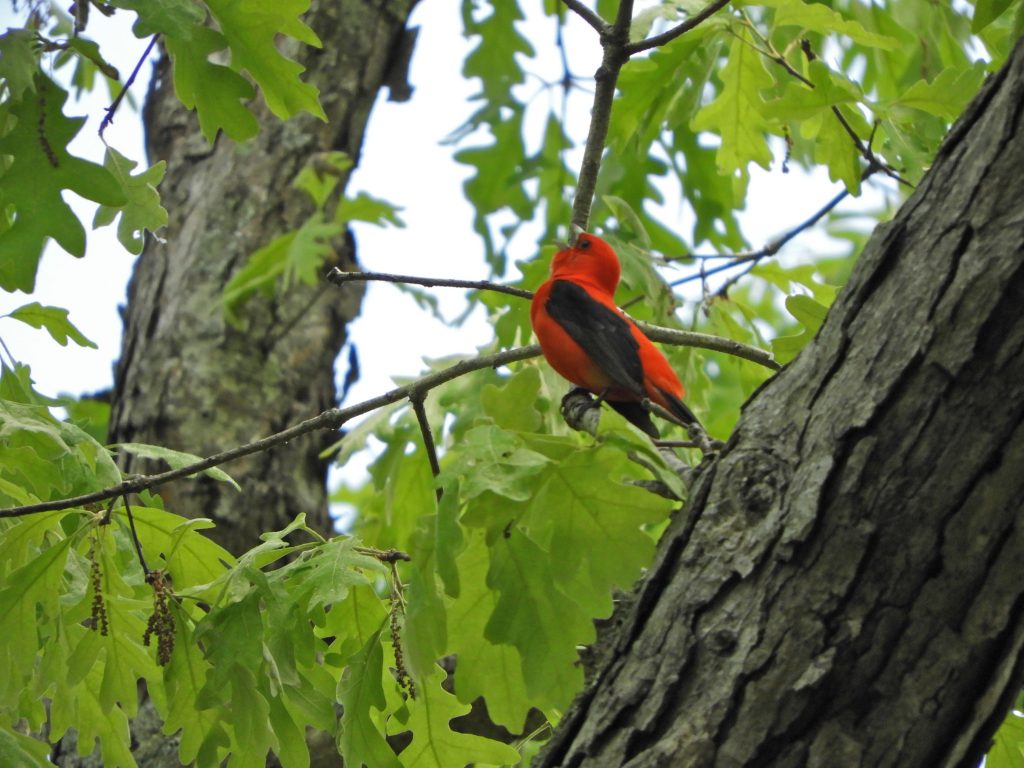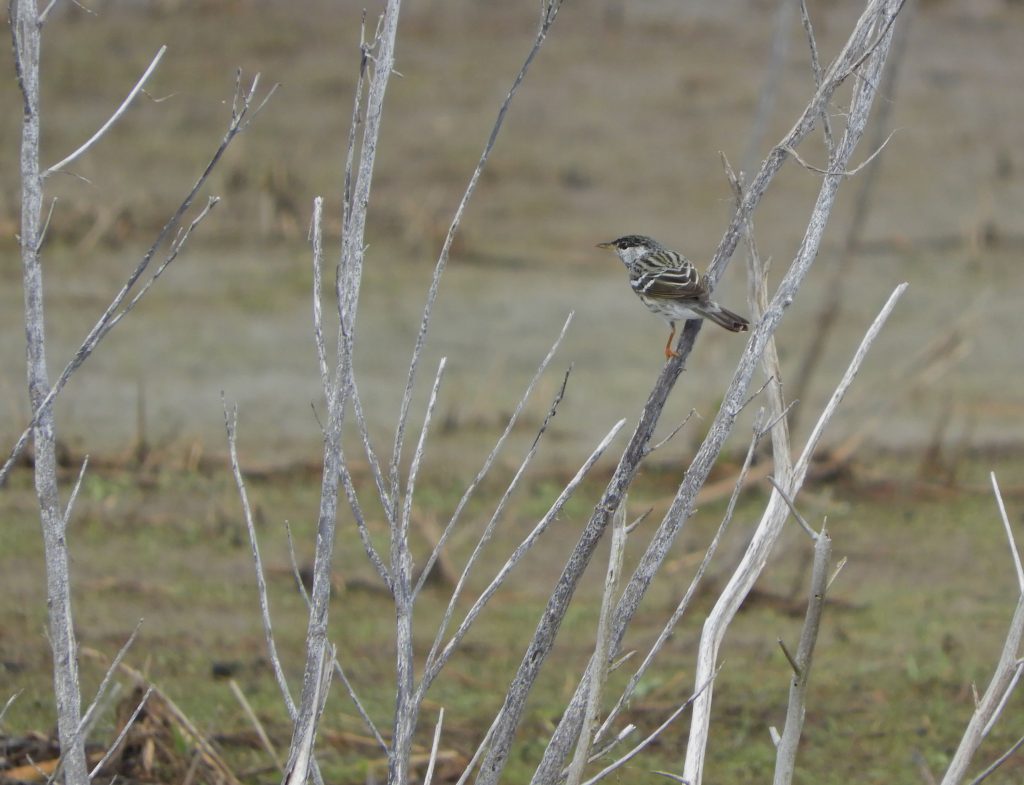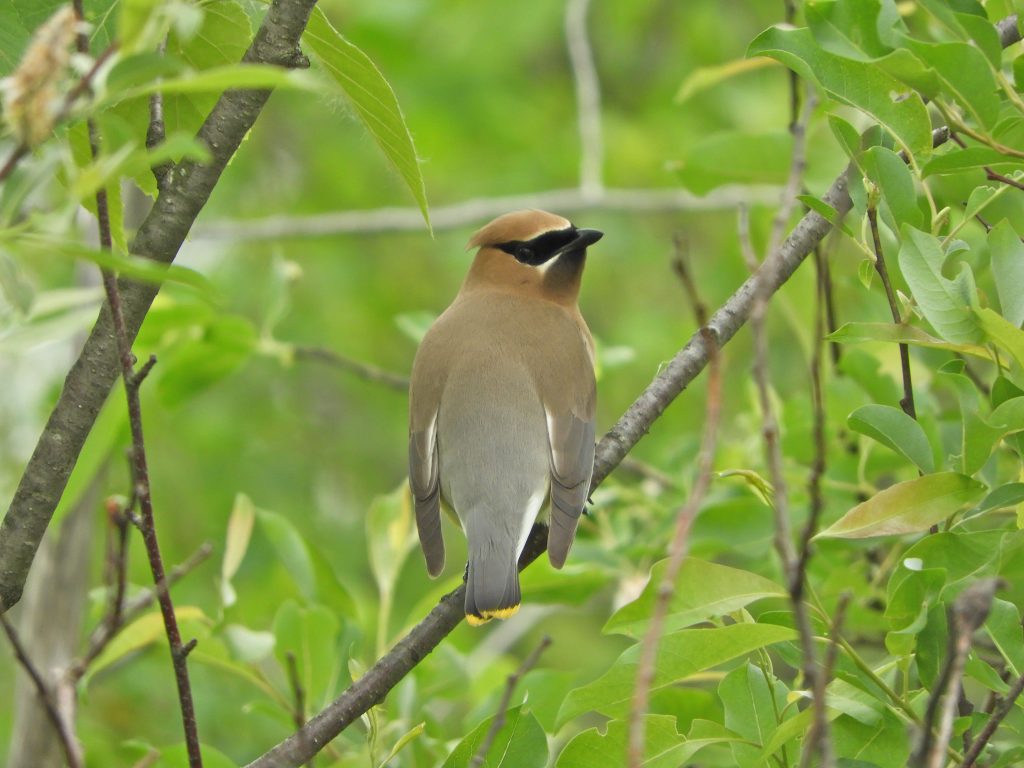June 21 2018. St. Cross, Winchester, UK. We have returned from a week and a bit in the ancient City of Winchester, south-central England, where a lovely cousin gave us the key to her home in a particularly old and richly textured part of the city. This was not a birding trip, it was more of a spontaneous getaway, but I’m an early riser and usually spent the hours before the household was awake exploring the marked and unmarked footpaths in the water-meadows of the River Itchen.
It doesn’t take long to realize that birding is much easier in Canada than it is in Britain and Europe. Our American birds are far easier to see and study, far more approachable, I assume this is so because they aren’t the evolutionary product of hundreds, if not thousands, of years of persecution. European birds have evolved, I think, to take urgent flight at the approach of a person, however distant. Despite the challenges of seeing birds well and more especially photographing them, those early morning walks were also an opportunity to feel the place before the day’s rush hour frenzy and try to imagine how the contemporaries of Chaucer had lived in that same geography. Some things have not changed: Winchester Cathedral was there in Chaucer’s day, the water meadows were pasture then as they are now, and the plague pits (sites of) were recent and raw evidence of things gone horribly wrong; and the site of that mass burial is noted on modern maps of Winchester.
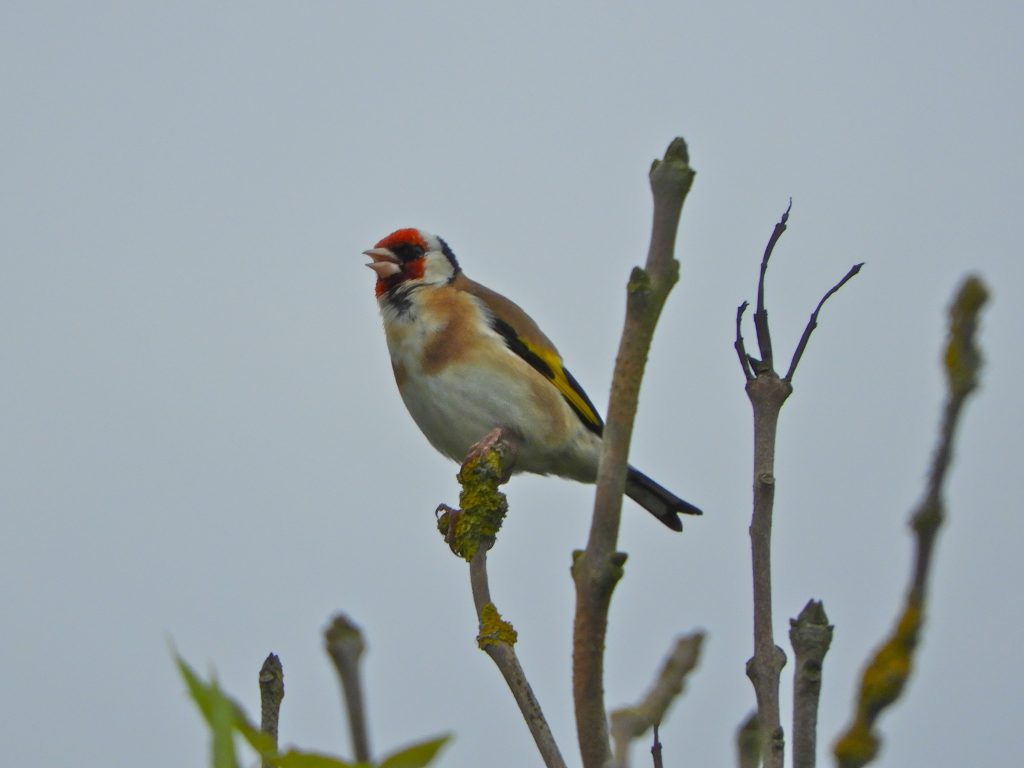
Some of my bird sightings set me recalling and inventing collective nouns: a Clatter of Jackdaws came to mind easily and is, it turns out, not in the slightest bit original; a Flapping of Wood Pigeons may be new to literature while a Charm of Goldfinches is pretty conventional. I was reminded too of a couple of traditional folk names: Yaffle for Green Woodpecker, onomatopoeic because of its rather crazy-laughter call (Similar to but faster than the Pileated Woodpecker’s ringing call,- if that’s helpful.) and Throstle for Song Thrush, also onomatopoeic.
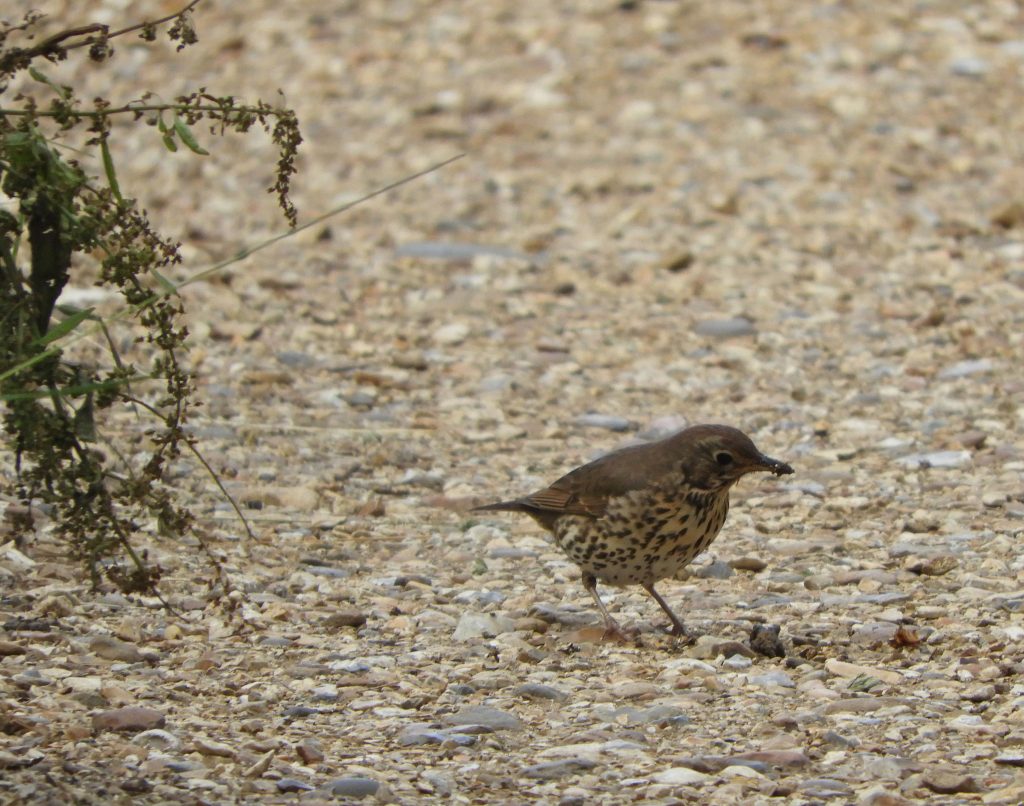
For a while I was mentally collecting rooftop birds: Wood Pigeons, Jackdaws, and Swifts, but it was a short list and not all that interesting after a bit.
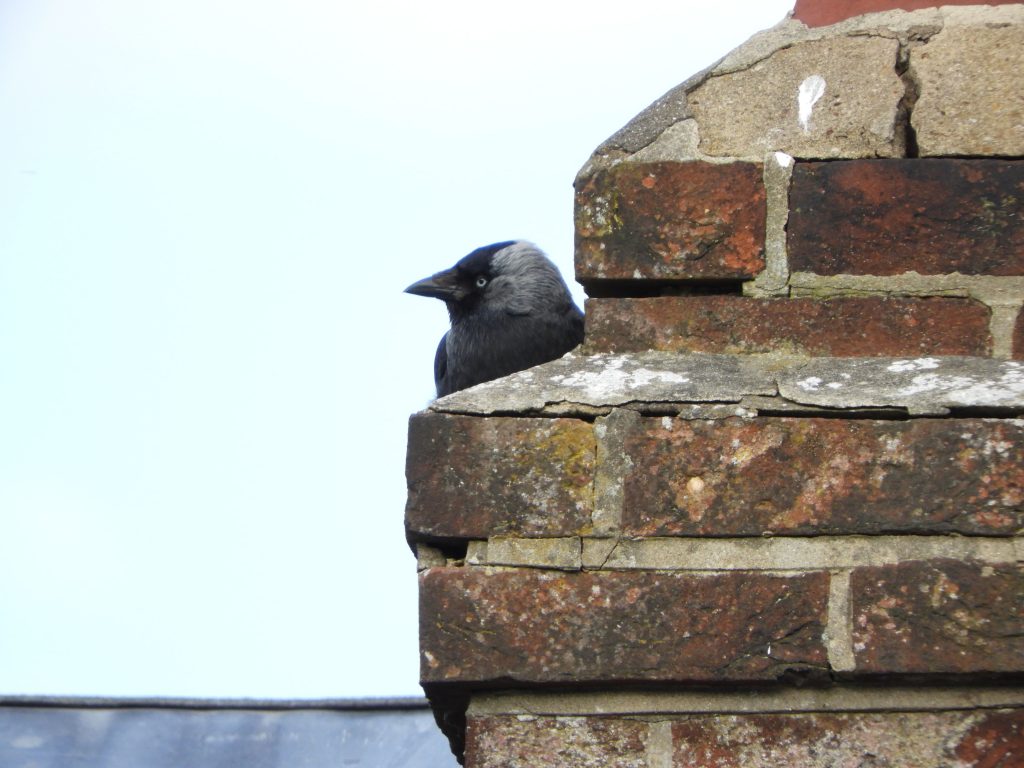
So where is My Bird of the Day in all of this? Well other than the Skylark of our trip to Stonehenge, I was hard pressed because every day held many possibilities. Almost nothing was absolutely new to me with the possible exception of a few Red Kites seen soaring and swooping over the motorway near Oxford, they are a fairly new breeding bird to the UK having been successfully reintroduced some decades ago. Long-tailed Tits were scarce in my recalled childhood but I noted one in a pollarded willow one morning; similarly Bullfinches, I encountered a pair of them not far from those ancient plague pits; and Grey Wagtails sometimes seen but rarely more than a glimpse until I found a pair busy carrying food to their nestlings. (Those formative years of bird study were without binoculars, an inconceivable expense at that time. Much of our youthful study, education and enjoyment revolved around finding birds’ nests and collecting eggs.)
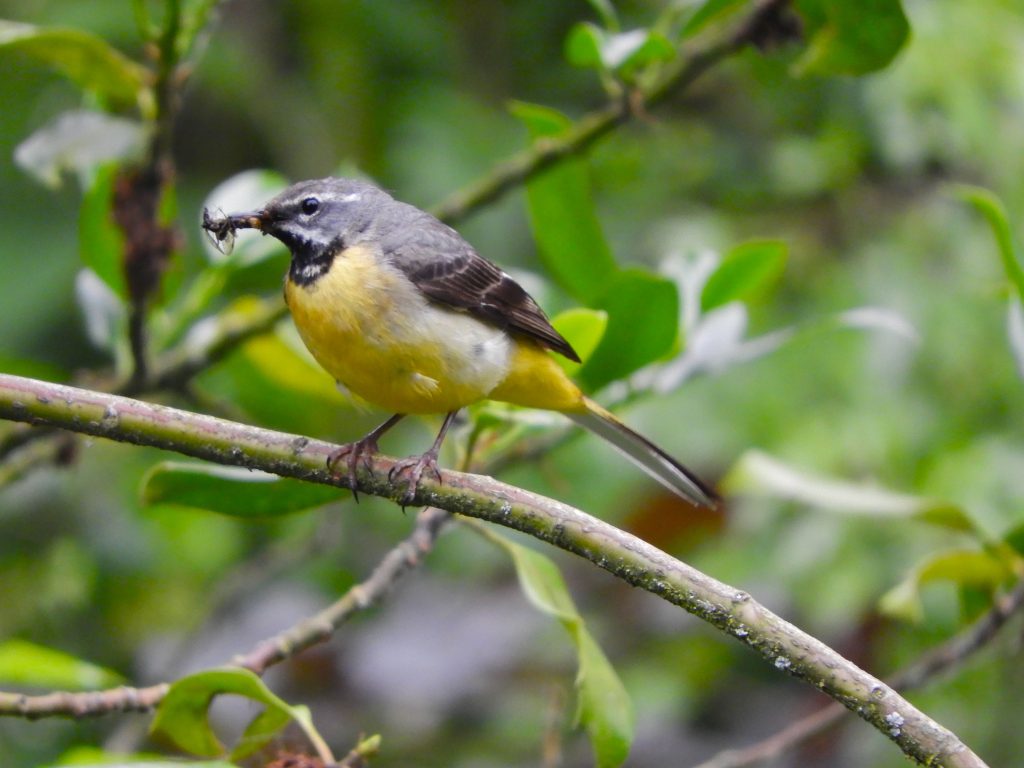
It sort of came to me on our last day that if there was a Bird of the Day, perhaps it was the Magpie I had been photographing some distance from me inside a walled garden. Not just because Magpies are splendid, if not always welcome, birds but because it was apparent that there was more than one Magpie, I think in the end there might have been six, a family group, out teaching the kids how to find a feast in a vegetable garden bursting with goodness. And somehow it all fitted together, an English garden on a gentle summer day, Magpies raiding ripe strawberries and no-one around to say no.
